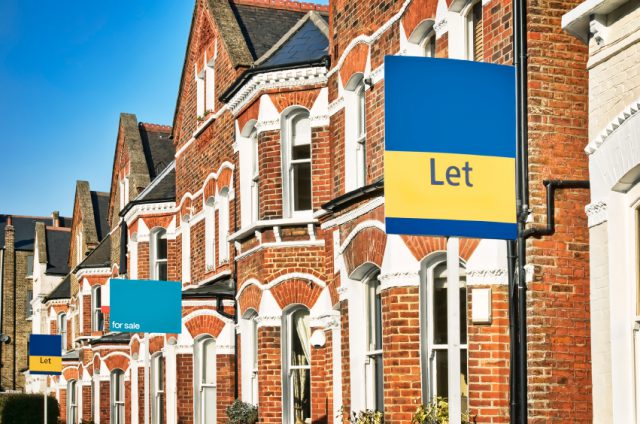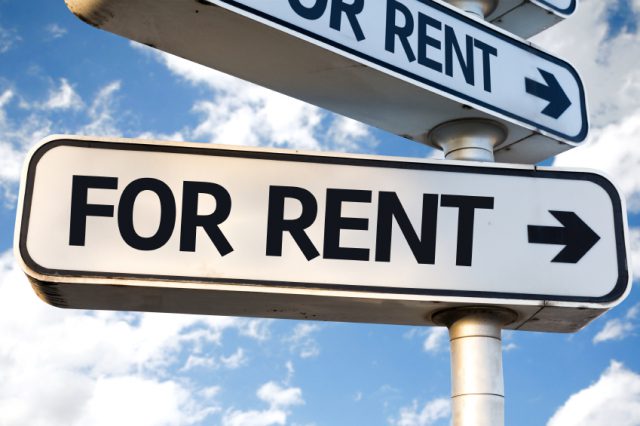It is believed that the new Stamp Duty rules in the UK will enhance the buy-to-let market.
The new charges will offer house buyers at the low and middle end of the market the best savings. Stephen Ludlow, Chairman of letting agency Ludlow Thompson expects that, as buy-to-let investors typically buy properties below £937,500, the new rates will boost almost all landlords in the market.
Ludlow says: “The changes in Stamp Duty will see the biggest increase in net returns for more modestly investments such as smaller properties in Zone Three of London, city centre apartments, flats above shops, ex-local authority property, and property in secondary locations.
“The reforms could encourage those who may have been delaying their purchase until after the election to reconsider. The new rates should also provide a boost to the sales market and result in an increased number of purchases in this usually quiet time for residential property deals.”1
Managing Director of Sequre Property Investment, Graham Davidson, also thinks that the changes will benefit the buy-to-let sector. For instance, if an investor buys a high-end two-bedroom Manchester city centre flat for £150,000, their Stamp Duty will now be just £500, saving them £1,000.
Davidson explains: “However, the impacts on the £925,000-plus market will certainly be felt throughout the industry, in particular by the higher end London property market. We would expect to see this contribute to a further slowing of the market there.”1

Five Reasons to Invest in UK Property
Group Chief Executive of Countrywide, Alison Platt, thinks that the changes will bring more owner-occupiers to the property market. She says: “So for those who are thinking of selling their property, there has never been a better time. Equally for buyers, a stable interest rate environment and the availability of a range of attractive mortgage products means that now is an ideal time to purchase a home.”1
Head of Haus Properties, Jamie Lester, however, believes that the new rates will have repercussions on the London market, especially in the £1.5m to £2m price range.
He says: “This market has been especially active with buyers sticking below the 7% Stamp Duty and proposed mansion tax thresholds. These buyers will not have to pay a significantly higher amount.
“For example, someone purchasing a £1.9m property would have paid £95,000 under the old Stamp Duty rules, whereas under the reforms they will be paying almost £50,000 more at £141,750. However, those buying just above £2m won’t be quite so heavily hit, for example, someone purchasing at £2.1m will now be paying £165,750, an increase of £18,750.”1
Managing Partner of property buying agency Black Brick, Camilla Dell, does stress that the old Stamp Duty scheme was desperate for reorganisation.
She says: “For 98% of the UK population, these changes are therefore clearly good news. But there is equally no doubt that these measures will hit property values in London and the South East and significantly slow the market.
“Deals that have yet to complete but have been agreed will now need to be renegotiated to reflect the change and it is inevitable that a number of these will now fail to complete.”1
Dell thinks that the problem will particularly affect those at the top end of the market, properties over £10m, as buyers will now be required to pay an extra £50,000 in Stamp Duty for every £1m above the previous £2m threshold. For example, if someone buys a £20m home, they will pay an additional £1m in tax.
Dell continues: “While we accept that Stamp Duty is a one off purchase tax that the majority of high end property buyers can comfortably afford to pay, these latest changes are likely to have a pronounced impact on market conditions in the coming months.
“The trend of investors focusing on lower priced property will continue. We predict that the sub £1m market will rally as a result of the new changes and we will see over demand and under supply. There will be an immediate impact on deals already agreed but which have not yet exchanged. In particular, chains may well fall to pieces if the increased tax means that purchasers can no longer afford the property they are buying.
“Given the time of year, many buyers may now wait until the New Year for the market to settle. We also predict that there will be a complete shift in the pricing structure of the market especially at £2m. We will now see estate agents marketing properties at £2,050,000 for example, whereas previously there was a pricing void between £2m and £2.2m due to the increase from 5% to 7% at £2m.”
Dell also explains that the appeal of the London property market stems from the stability in this area: “This constant political intervention must have the effect of breeding some uncertainty.
“However, we have been here before, and the market has not suffered. Only time will tell, but our view is that the new changes will simply be prices into what buyers are now prepared to pay for a property, and renegotiations will now be rife.”1
Head of Research at Strutt & Parker, Stephanie McMahon says that there is no need for mansion tax: “It was almost universally recognised that our Stamp Duty system was out of date and in desperate need of modernisation. The old thresholds were acting like invisible barriers and making the market very sticky in places.
“In the short term, current ongoing transactions will also be impacted. When any new tax is enforced, this inevitably causes disruption.
“However, keeping the status quo was an unlikely outcome. Making this change immediate was sensible as it leaves no room for speculation and will not cause any further uncertainty, which has been so damaging to our housing market around taxation changes in recent years. In the long term, this new system shouldn’t cause significant market disruption over an extended period of time.”1
1 http://www.landlordexpert.co.uk/2014/12/05/uks-new-property-tax-rules-will-boost-the-buy-to-let-market/





